What would it take to trust AI?
International Telecommunications Union (ITU)
Session 199
While the importance of new technologies has been recognized as critical to achieving the SDGs, AI is expected to play a particularly important role in accelerating progress towards each one of the 17 SDGs. Lives across the world can be improved in fundamental ways. AI has the potential to help address many of humanity’s most critical social issues, including those related to health, education, nutrition, disability, youth, social inclusion, and poverty.
The transformative power of AI also brings with it complicated challenges, ranging from technical to ethical and human rights issues, to security risks, to socio-economic issues such as the disruptive impact of AI on employment. There are concerns that yet another digital divide may be opening, one with profound implications for inequality, unless the needs of both developing and the least developed countries and all segments of the population are considered.
Central to these concerns is the issue of Trust.
As the systems upon which our society depends become more autonomous and complex, and operate with less human supervision, the implications of risks to security and privacy, as well as transparency and accountability – in both, AI algorithms and tools, and the data they depend on - could become greater. This is especially true in mission critical applications, such as those in transportation, healthcare, communication and many other sectors, taking into account the increasing adoption of applications such as automated driving systems, intelligent drones, healthcare robots etc.
Therefore, as the capabilities of AI progress from narrow to general, it will be critical that systems and policies are in place to ensure trust. This High Level Dialogue will discuss policy imperatives to better inform strategies to build safeguards to ensure trust in AI for maximizing the benefits, and enabling as opposed to stifling innovation through balanced and considered policies.
Moderator
Kerstin Vignard, Deputy Director, UNIDIR
Speakers/Panellists
Opening Remarks: Houlin Zhao, Secretary-General, International Telecommunication Union
Malcolm Johnson, Deputy Secretary-General, ITU
H.E. Mrs. Libom Li Likeng Mendomo Minete, Minister, Ministry of Posts and Telecommunications, Cameroon
Dr. Nora Mulira, Commissioner, Uganda Communication Commission
Dr. Ibrahim Alfuraih, Deputy Governor for Strategy and Planning, National Cybersecurity Authority, Saudi Arabia
Bruce McConnell, Executive Vice President, EastWest Institute
Jeff Greene, Vice President, Global Government Affairs & Policy, Symantec
Marie-Laure Lemineur, Deputy Executive Director, ECPAT International
Session's link to WSIS Action Lines
-
 C1. The role of public governance authorities and all stakeholders in the promotion of ICTs for development
C1. The role of public governance authorities and all stakeholders in the promotion of ICTs for development
-
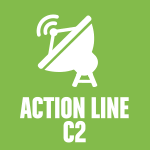 C2. Information and communication infrastructure
C2. Information and communication infrastructure
-
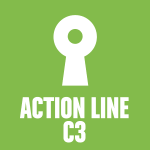 C3. Access to information and knowledge
C3. Access to information and knowledge
-
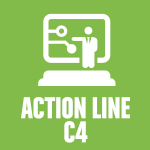 C4. Capacity building
C4. Capacity building
-
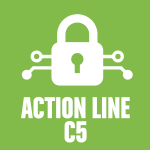 C5. Building confidence and security in the use of ICTs
C5. Building confidence and security in the use of ICTs
-
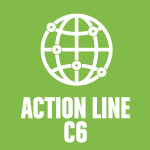 C6. Enabling environment
C6. Enabling environment
-
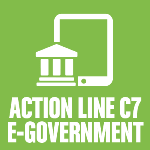 C7. ICT Applications: E-government
C7. ICT Applications: E-government
-
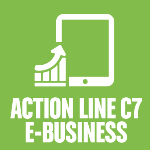 C7. ICT Applications: E-business
C7. ICT Applications: E-business
-
 C7. ICT Applications: E-learning
C7. ICT Applications: E-learning
-
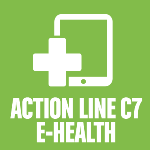 C7. ICT Applications: E-health
C7. ICT Applications: E-health
-
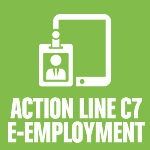 C7. ICT Applications: E-employment
C7. ICT Applications: E-employment
-
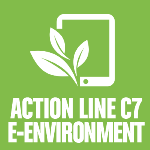 C7. ICT Applications: E-environment
C7. ICT Applications: E-environment
-
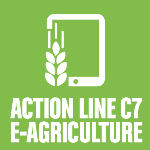 C7. ICT Applications: E-agriculture
C7. ICT Applications: E-agriculture
-
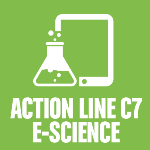 C7. ICT Applications: E-science
C7. ICT Applications: E-science
-
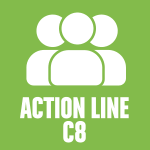 C8. Cultural diversity and identity, linguistic diversity and local content
C8. Cultural diversity and identity, linguistic diversity and local content
-
 C9. Media
C9. Media
-
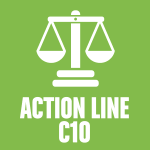 C10. Ethical dimensions of the Information Society
C10. Ethical dimensions of the Information Society
-
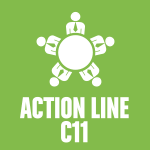 C11. International and regional cooperation
C11. International and regional cooperation
This is a cross-cutting topic and the themes explored in this session will be essential to the implementation of all the WSIS Action Lines
Session's link to Sustainable Development Process
-
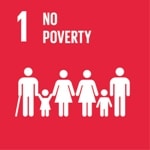 Goal 1: End poverty in all its forms everywhere
Goal 1: End poverty in all its forms everywhere
-
 Goal 2: End hunger, achieve food security and improved nutrition and promote sustainable agriculture
Goal 2: End hunger, achieve food security and improved nutrition and promote sustainable agriculture
-
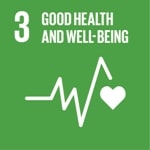 Goal 3: Ensure healthy lives and promote well-being for all
Goal 3: Ensure healthy lives and promote well-being for all
-
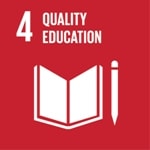 Goal 4: Ensure inclusive and equitable quality education and promote lifelong learning opportunities for all
Goal 4: Ensure inclusive and equitable quality education and promote lifelong learning opportunities for all
-
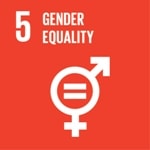 Goal 5: Achieve gender equality and empower all women and girls
Goal 5: Achieve gender equality and empower all women and girls
-
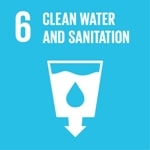 Goal 6: Ensure access to water and sanitation for all
Goal 6: Ensure access to water and sanitation for all
-
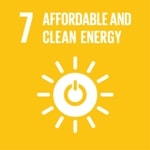 Goal 7: Ensure access to affordable, reliable, sustainable and modern energy for all
Goal 7: Ensure access to affordable, reliable, sustainable and modern energy for all
-
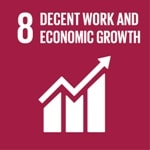 Goal 8: Promote inclusive and sustainable economic growth, employment and decent work for all
Goal 8: Promote inclusive and sustainable economic growth, employment and decent work for all
-
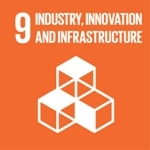 Goal 9: Build resilient infrastructure, promote sustainable industrialization and foster innovation
Goal 9: Build resilient infrastructure, promote sustainable industrialization and foster innovation
-
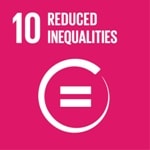 Goal 10: Reduce inequality within and among countries
Goal 10: Reduce inequality within and among countries
-
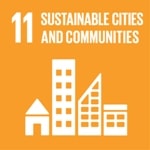 Goal 11: Make cities inclusive, safe, resilient and sustainable
Goal 11: Make cities inclusive, safe, resilient and sustainable
-
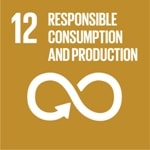 Goal 12: Ensure sustainable consumption and production patterns
Goal 12: Ensure sustainable consumption and production patterns
-
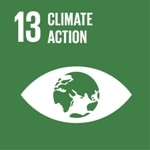 Goal 13: Take urgent action to combat climate change and its impacts
Goal 13: Take urgent action to combat climate change and its impacts
-
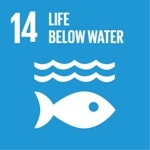 Goal 14: Conserve and sustainably use the oceans, seas and marine resources
Goal 14: Conserve and sustainably use the oceans, seas and marine resources
-
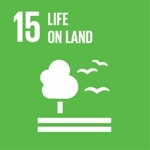 Goal 15: Sustainably manage forests, combat desertification, halt and reverse land degradation, halt biodiversity loss
Goal 15: Sustainably manage forests, combat desertification, halt and reverse land degradation, halt biodiversity loss
-
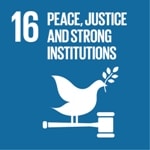 Goal 16: Promote just, peaceful and inclusive societies
Goal 16: Promote just, peaceful and inclusive societies
-
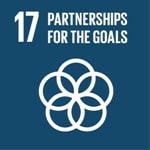 Goal 17: Revitalize the global partnership for sustainable development
Goal 17: Revitalize the global partnership for sustainable development
AI is expected to play a critical role in accelerating progress towards each one of the 17 SDGs. It has the potential to help address many of humanity’s most critical social, economic and environmental issues.